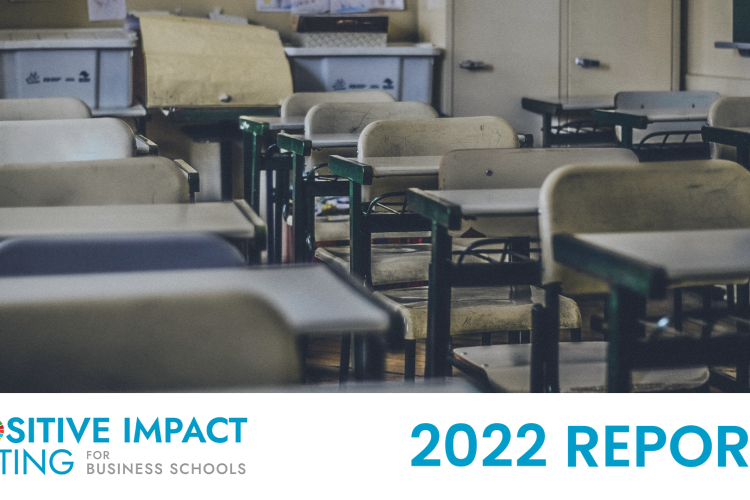Case Abstract
In late 1999, Ingrid Munro founded a savings-related microloan organisation in Nairobi, Kenya with 50 women who had previously been desperate street beggars. The organisation is called “Jamii Bora” (which means “good families” in Kiswahili) and is based on the premise that very poor people can lift themselves from poverty via the option to borrow twice what they are able to save. It grew rapidly, to nearly 200,000 members, in part because it employs only members and is thus able to quickly and appropriately respond to members’ needs.
For example, when it became apparent that health issues were affecting members’ ability to work and survive, Jamii Bora rapidly developed full coverage health and life insurance programmes with terms that members themselves researched, determined, and approved. However, because the majority of the membership live in deplorable conditions in Nairobi’s most dense and dangerous slums, dealing with the housing situation at scale was paramount for the organisation. Their research had linked housing problems to continued poverty, to health issues, to family planning and education options, and to income generation and securing livelihoods. Ingrid had a background in architecture and housing, but she also had a firm belief that other housing projects failed because they were not created and implemented in conjunction with the people who would live in and maintain the houses. Thus, she and her team of Jamii Bora members worked to create Kaputei as an innovative new town designed by members with their priorities at the forefront.
However, almost immediately after obtaining almost 300 acres of land and receiving appropriate zoning for a housing and commercial development, Jamii Bora met with serious resistance—some was from jealous external parties, other resistance came in the form of high price quotes for construction inputs. Ingrid and other members met these challenges with business-based solutions wherever possible. For example, by employing out of work Masaii tribes people who lived adjacent to the property, they secured the support and excitement of local stakeholders. By sending representative members to classes on cement work and metal-smithing, they developed an in-house cadre of trainers who taught other members how to build their own roof tiles, housing bricks, door frames, window frames, re-bar supports, and drain covers. At every turn, sustainability and environmental issues were considered as well- non-toxic dyes go into the cement tiles, solar panels power the lighting, and the wastewater is treated with a series of wetlands that purify the water and recycle it back into the community for landscape maintenance and crop irrigation.
Despite this progress, there were several issues that remained at the start of 2009: how to handle the interruptions of the constant flood of visitors without alienating support, how to promote the project internally and externally during the construction phases, how to deal with demand issues, and how to scale this in future locations. Ingrid is open to input from people who are willing to approach the problems with a pro-poor mindset that respects her members and their intrinsic talent and drive. She is considering how to manage the growth of Jamii Bora as well as the growth of Kaputei Town.
[table id=46 /]



